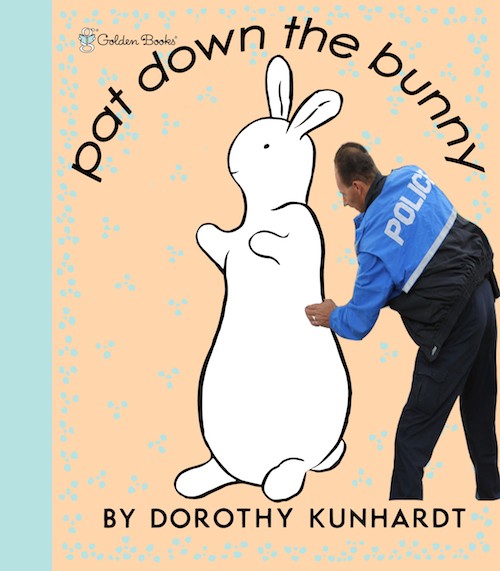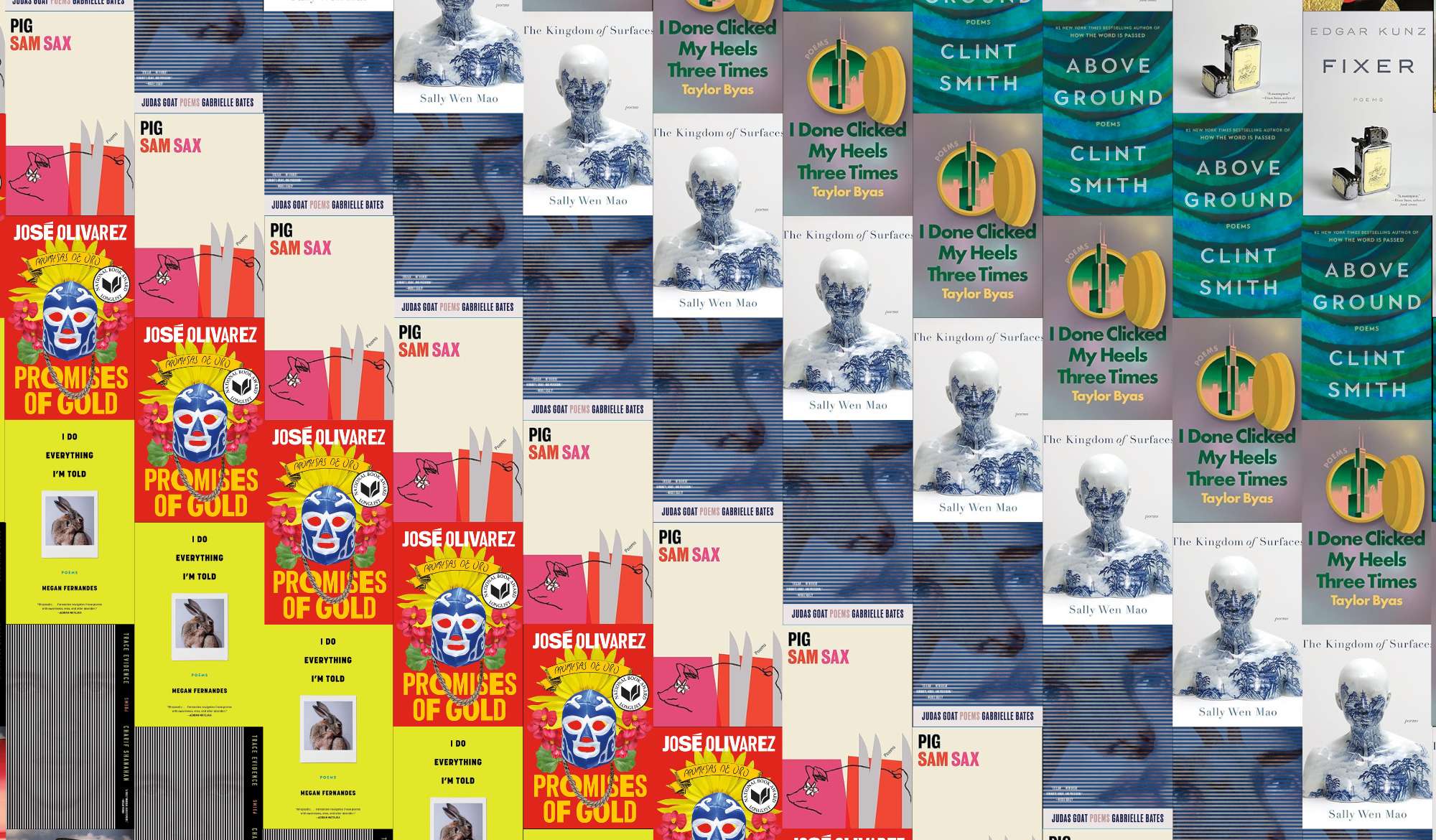Books & Culture
REVIEW: Green Girl by Kate Zambreno

In Kate Zambreno’s Green Girl, the green girls are shopgirls, envious, young, unsure women who work behind counters in fancy department stores. Women who define themselves through the glittering images of movie stars and snippets of literature they’ve internalized before they’re mature enough to know who they want to be. These women are still navigating the world, learning to find themselves beneath their own skin. They sell clothes and perfume, disinterested, imagining what their pensive faces will look like to others. Kate Zambreno writes these green girls with ethereal beauty and gritty, sweaty reality. Green girls are fragile, hollow. They are trying to fill themselves.
The protagonist of Green Girl is Ruth, an American living in London and working for “Horrids” Department Store pushing “Desire” — the perfume of an American pop star. Ruth’s story is narrated by her dead mother, who watches from afar, interjecting with as much fascination as cruelty. But Zambreno uses subtle shifts in narration: at times it feels as though Ruth is talking in third person about herself, and other times it seems like a first person plural narrator. Though Ruth goes through a series of jobs and different shops and a series of men, she’s haunted by one man — “HIM” — from her past. Her actions are influenced by sadness as well as the tediousness and mundaneness of youth: When everyone says you are supposed to be living life to its fullest, but life leaves you used, slapped, raw. Green Girls becomes a meditation on the faces women wear as much as it is about Ruth herself. “Green girls and their costumes, their trying on of brazen identities.”
Ruth’s identity is defined by a hyper-awareness of what she looks like from the outside. While she often is referred to as dead inside, or demonstrates deep sadness, she is constantly aware of how others perceive her. “Sometimes she narrates her actions inside her head in third-person,” the narrator muses. “Does that make her a writer or a woman?” Ruth is not just concerned with writing, or narration, but a sense of her own image. Ruth’s mother interjects: “My hunger artist her art is herself she is fast fasting away she would like to disappear.” Ruth is the juxtaposition of both not wanting to be seen and wanting to be lauded for her perfection. She is the carefully calculated photo, the shapely curve of a body against negative space:
“She takes pictures in her mind. She stores them away for someday, these images, these experiences, to later document, once she has figured out why she did them in the first place. She watches the world, yet cannot yet articulate her role in it. She cannot fathom the depths. For now she writes dear diary entries in her childish hand dotted by exclamation points. What is it with young women and exclamation points and smiley faces! So afraid of appearing somber, always wanting to appear light and happy and sparkling, even when they are dying inside. Not ever being able to escape the mask that smiles. She wants to write, really write someday. But she is not fully formed. So she does not write. Not really. Unless attempting to live is a form of attempting to write.”
For Ruth, the idea of image or story is more powerful than reality. Almost as though something is more real in its captured form; images in her mind hold more weight than interaction with people. Her references are from classic films; classic heroines both define her sense of self and devalue it. “[Ruth and her roommate, Agnes] put on a show. The show that green girls know so well. Posing for the invisible eye. They wait for their photos still wet touch don’t touch Ruth is laughing in every frame drunk drunkener than drunk drunk Agnes is serious poised she knows how to pose for her picture she knows her good side.” Ruth “is the voyeur of herself.” She will never be the carefully cultivated woman she wants to become.
Pain plays an important role in Ruth’s life, almost as a way to make herself feel the world around her. Since her senses are sometimes dulled to what is inside, she is incapable of experiencing life unless it is in extremes. “The green girl needs to externalize her own suffering. This is how she will wear her grief. Or maybe she is just bored.” In all of her relationships she is a voyeur, experiencing her own life through numbness. She cuts off all her hair in a low moment, and still struggles to define the internal state that plagues her so:
“Is it masochistic? An act of self-flagellation. There is a finality to it. To cut off one’s breasts in one mean gesture. To surrender oneself to vague and distant eyes. To say, this is the new me. I have been born clean. See my face. I wipe the paint from the mouth of the pretty girl. Wipe the paint from your mouth. This is me. I have no shield of feathers to hide behind. I am ugly and true. I have cut off my lovely, my darling. Cut it off. Cut, cut, it off. I stand a monument to pain. I stand naked to this world. When Mia Farrow cut her hair off, Salvador Dali called it “mythical suicide.” What happens to a woman when the eyes are no longer on her? Is that in a way a tiny death? Or a sort of freedom? The locks shorn off. Is one unlocked? The rape of her locks.”
Even in this instance, she understands her own actions only by association with actions others have taken. She cuts off her hair because that is what extreme women do when they are sad. Her story is told through allusion. Mia Farrow. A quote by Dali. Even in painful extremes, she struggles to communicate her own experience. Cutting her hair is not enough to satisfy her longing, to help her understand the world. When she finally convinces her boyfriend to have sex with her, it doesn’t fulfill her sense of self or desire. She wants to hurt, to be used and torn to pieces in order to truly feel something.
“She did not desire to be loved and cherished and caressed. She desired a beast. Someone to destroy her. Her own Jack the Ripper. Her own serial killer. She did not want to make love. She wanted to be fucked — over and over again repeating her own disappearance.”
Internal states — loneliness, depression, yearning, etc. — are wholly unquantifiable to Ruth. So she looks for pain from the outside in order to give her experience meaning. She wants her outside ruined the same way the inside is wrecked — only then will she feel whole.
Ultimately this book asks questions of its reader; for what are these green girls if not figures we have created? We want to worship the slender, sculpted form of youth and we want to criticize its recklessness and naiveté. Ruth’s mother says, “[H]ow gorgeous I too find them, gorgeous and disgusting.” Zambreno’s novel touches this phenomenon so acutely. She manages to portray the externally desirable image Ruth and her ilk aspire to be, while showing Ruth for what she is: a human capable of sweat and blood and filth. Zambreno seems to ask what society’s responsibility is to these girls we’ve created. On the subway, “They push push against [Ruth]. It reaches a fever pitch. It is a crush. It is a circus. It is too much pressure. Leave me alone! She wants to beg. She hides behind sunglasses and hats and phony disguises. She is a train wreck. We gape at her. (Why don’t we try to save her?)” Ultimately, the message seems to be that we want to ogle, and we also want to condemn. These green girls are failing, and we stand by as they collapse.
“You speak like a green girl,” Polonius says to Ophelia in Hamlet (and in one of Zambreno’s quotes that open a chapter), “unsifted in such perilous circumstance.” Ruth is unsifted, and though Green Girl shows her in conflict, she stumbles. Zambreno touches on a subset of society — a girl, in particular — and makes her universal and individual at the same time. Ruth is all contrasts and costumes and limbs. Zambreno invites us in to her life as a voyeur, but we finish the book with the feeling that she is our own creation.

by Kate Zambreno










